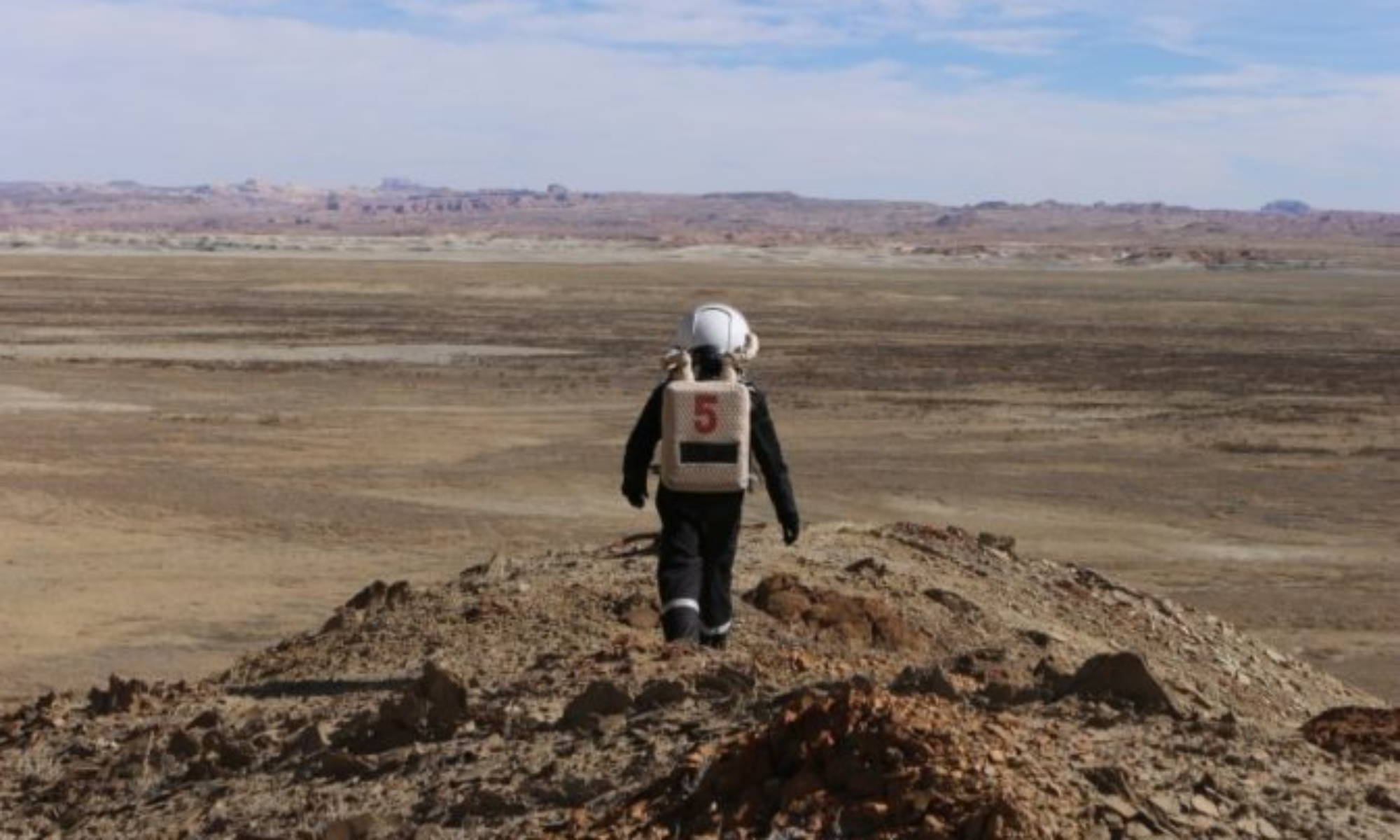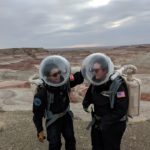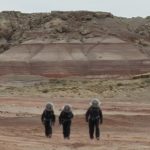Crew 192 Sol Summary Report 17Apr2018
Sol 9
Summary Title: Don’t Feed the Penguin
Author: Victoria Varone
Mission Status: Nearing its end, aiming to fit in as much exploration as possible.
Sol Activity Summary: The crew went on two great EVAs today, exploring parts of the Martian terrain that we haven’t yet seen. It’s fascinating to see just how many different kinds of soil, rock, and sediment you can find even in just one area, in varying colors, textures, shapes, and sizes. The winds were strong today (and last night) so extra caution was exercised during EVAs.
Look Ahead Plan: Trying to fit in as many EVAs as possible (pending weather) since weekend weather may not be suitable and our mission ends on Saturday.
Anomalies in Work: None
Weather: Chilly, mix of clouds and sun, strong winds throughout the night and most of the day.
Crew Physical Status: All crew are physically healthy and safe.
EVA: See EVA Report.
Reports to be filed: Sol Summary Report, EVA Report, EVA Request, Photo Report, Commander’s Report, GreenHab Report
Support Requested: None
Maintenance request: See Operations Report

















You must be logged in to post a comment.